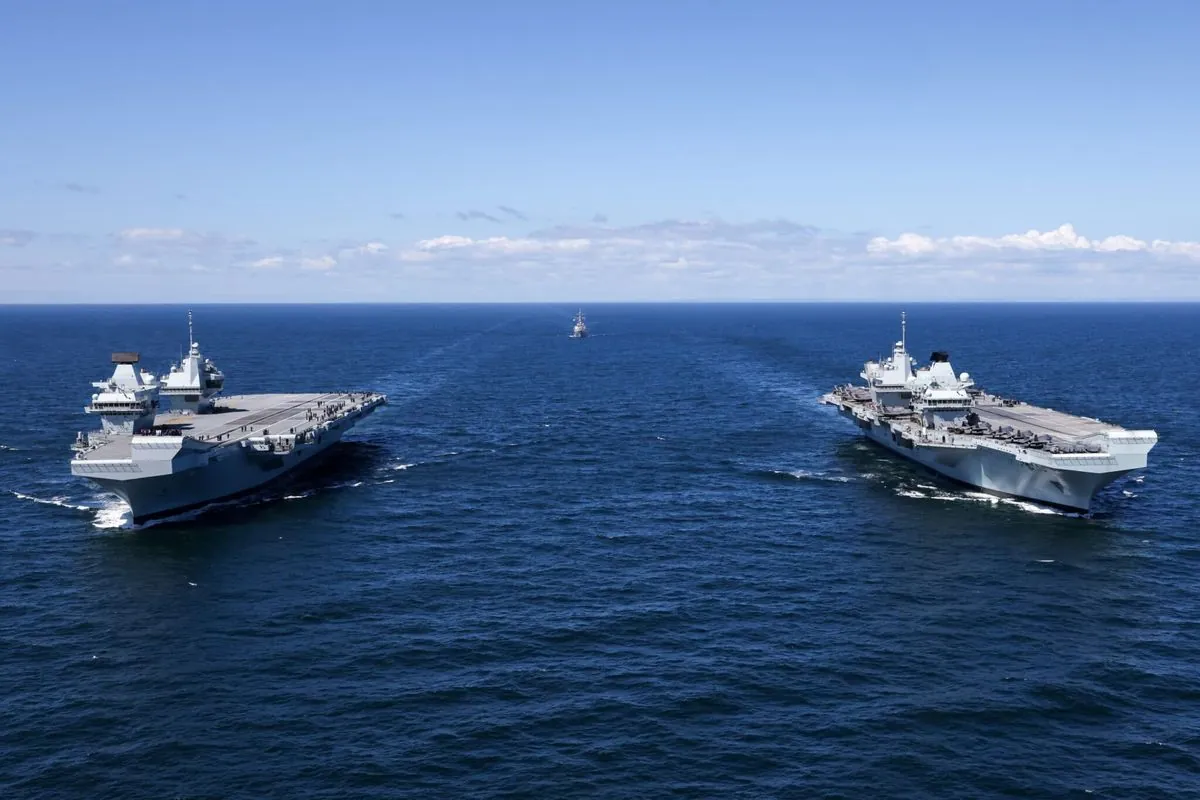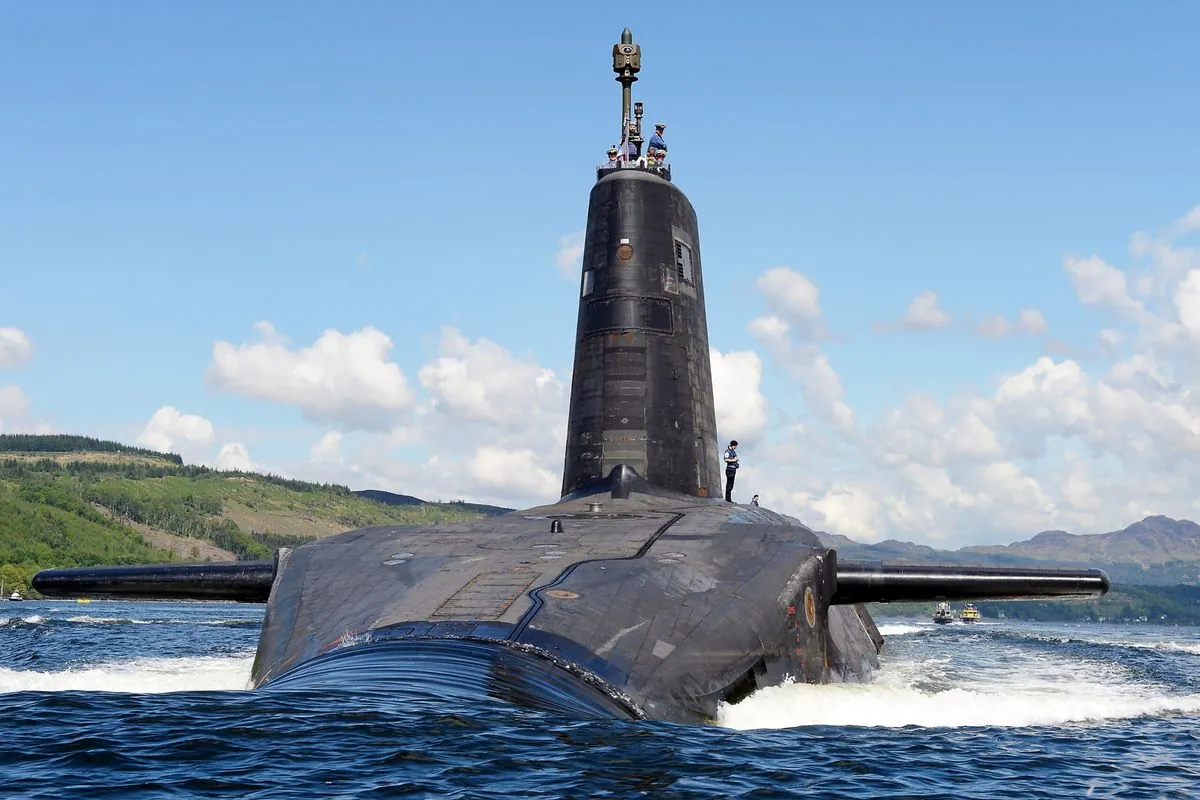Royal Navy Explores Nuclear Power for Surface Ships in Long-Term Plan
The Royal Navy is considering nuclear propulsion for surface vessels, issuing a request for information on Generation IV nuclear technology. This move could revolutionize naval operations, allowing ships to stay at sea for years.

The Royal Navy is exploring the possibility of nuclear-powered surface ships as part of a long-term strategy to enhance its maritime capabilities. This initiative marks a significant shift in naval technology, potentially allowing vessels to remain at sea for extended periods.
The Ministry of Defence (MoD) has issued a Request for Information (RFI) to the defence industry, seeking updates on Generation IV nuclear technology. This advanced nuclear technology could potentially power surface fleets, including larger nuclear reactors and micro-modular reactors.
Currently, nuclear propulsion in the UK is limited to submarines. The Royal Navy has been operating nuclear submarines for over five decades, with the first UK nuclear-powered submarine, HMS Dreadnought, launched in 1960. This extensive experience with nuclear propulsion in underwater vessels provides a solid foundation for exploring its application to surface ships.

The consideration of nuclear power for surface ships aligns with the UK's "Net Zero Strategy," published in 2021, which emphasizes the role of nuclear energy in the country's transition to net-zero emissions by 2050. Nuclear-powered ships offer significantly lower carbon emissions compared to conventional fuel vessels, contributing to environmental sustainability goals.
Tom Sharpe, a former Navy commander, described the RFI as "prudent planning" by the MoD. He noted that nuclear power in ships is a balance between cost and operational gains. In submarines, the benefits are substantial, justifying the widespread use of nuclear propulsion. However, for surface ships, the operational advantages are less pronounced, making cost a more significant factor.
The Royal Navy's current flagship vessels, HMS Queen Elizabeth and HMS Prince of Wales, commissioned in 2017, rely on gas and diesel engines. Both ships have faced technical challenges since their launch. In February 2024, HMS Queen Elizabeth was forced to withdraw from a major NATO exercise due to a propeller shaft issue. Similarly, HMS Prince of Wales experienced a breakdown off the Isle of Wight in 2022.
"Nuclear propulsion comes with enormous overheads, maintenance, regulations and once you go nuclear things become way more expensive and complicated. You have nuclear regulatory bodies, people have to be trained to a very high standard and have 24-hour watches. Although infinite power comes with lots of downsides, for a surface ship, the case is less clear cut."
The exploration of nuclear propulsion for surface ships could potentially address some of these reliability issues. Nuclear-powered vessels can operate for over 20 years without refueling, offering enhanced operational capabilities and reduced logistical challenges.
The UK's interest in nuclear-powered surface ships follows the example of other naval powers. The United States Navy has been using nuclear-powered ships since 1961, with the launch of USS Enterprise. Currently, the US operates several nuclear-powered aircraft carriers, including the Nimitz and Gerald R. Ford-class ships. France also maintains a nuclear-powered aircraft carrier, the Charles de Gaulle.
As the Royal Navy explores this technology, it will need to consider various factors, including safety, regulatory requirements, and crew training. The International Atomic Energy Agency (IAEA) oversees the safety of nuclear-powered vessels, ensuring strict adherence to international standards.
While the implementation of nuclear propulsion for surface ships may not be imminent, this initiative demonstrates the Royal Navy's commitment to long-term planning and technological advancement. As Generation IV nuclear technologies continue to develop, they may offer more compact, safer, and more efficient power solutions, potentially changing the calculus for nuclear propulsion in naval surface vessels.


































